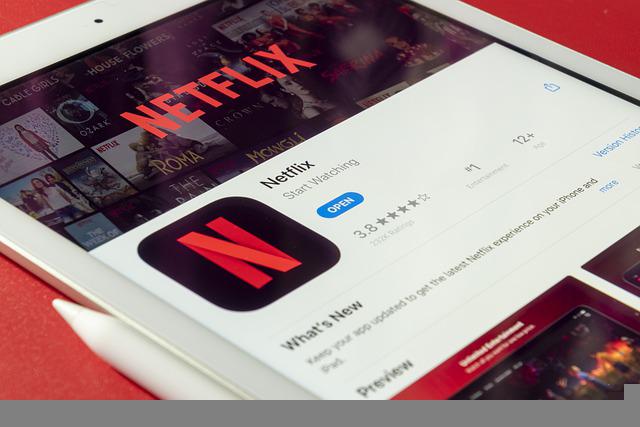Netflix Focuses On Improving Monetization

Photo Credit: Souvik Banerjee from Pixabay
Earlier last week Netflix (Nasdaq: NFLX) reported its fourth quarter results that failed to dazzle the market. The company has been experimenting with newer price tiers in attempts to improve monetization across its subscriber base.
Netflix’s Financials
Netflix’s Q4 revenues grew 1.9% over the year to $7.85 billion, in line with the Street’s forecast. Average revenue per subscriber grew 9%. EPS was $0.12, behind the market’s forecast of $0.45.
For North America, Q4 revenue was $3.6 billion with paid memberships of 74.3 million. It added 910,000 new customers in the US and Canadian markets. Europe, the Middle East, and Africa's revenue was $2.35 billion, driven by a net addition of 3.2 million subscribers to end the quarter with 76.7 million paying customers. Latin America's revenue was $1.02 billion from 41.7 million paid members, with a net addition of 1.8 million subscribers. Asia-Pacific revenue was $857 million from 38.02 million subscribers, recording a growth of 1.8 million net subscribers.
Netflix ended the year with revenues growing to $31.6 billion compared with $29.7 billion a year ago. EPS decreased to $9.95 for the year compared with $11.24 last year.
For the first quarter, Netflix forecast earnings of $2.82 per share on revenue of $8.2 billion. The market was looking for revenues of $8.16 billion and an EPS of $2.96.
Netflix’s Monetization Initiatives
Netflix recently announced its plans to start rolling out paid sharing more broadly. Netflix believes that password sharing is currently exercised by over 100 million households. By providing them with a new plan, it expects to monetize these subscribers. To do so, it has created additional new features, including the ability for members to review which devices are using their account and to transfer a profile to a new account. It also includes the option to have members pay extra if they choose to share Netflix with people that they don’t live. Later in Q1, it expects to start rolling out paid sharing more broadly. This will not impact the usage by members who watch while traveling, whether on a TV or on a mobile device.
Netflix is also looking at attracting more users by revisiting its pricing structure. In November, it launched its lower-priced ad-supported plan in 12 countries. While it is still early days for ads and it is still working on better targeting and measurement, it is pleased with its progress to date. Engagement levels in these countries are consistent with members on comparable ad-free plans and are better than what it had expected. It is also seeing very little switching from other plans and is confident that its ad-supported plan has strong unit economics, and will generate incremental revenue and profit. Netflix did not share any statistics to confirm this though.
Its stock is trading at $357.42 with a market capitalization of $159.1 billion. It had climbed to a 52-week high of $458.48 in January last year. The stock had fallen to a 52-week low of $162.71 in June last year.
More By This Author:
Cloud Stocks: BlackLine Expands Product Line-Up With AI And AR ToolsCloud Stocks: Analysis Of DigitalOcean’s Cloudways Acquisition
Cloud Stocks: Smartsheet Focuses On App Integrations
Disclosure: All investors should make their own assessments based on their own research, informed interpretations, and risk appetite. This article expresses my own opinions based on my own research ...
more



NetFlix's problem is that it is paying too much for content and its exclusive shows and movies are not good enough to get people to pay more for subscriptions.